The world's oceans are experiencing unprecedented changes, with marine heatwaves emerging as one of the most alarming phenomena in recent decades. These prolonged periods of abnormally high sea surface temperatures are reshaping marine ecosystems, disrupting fisheries, and even altering weather patterns. Scientists have observed a dramatic increase in the frequency and intensity of these events, raising urgent questions about their causes and long-term consequences for both marine life and human societies.
Marine heatwaves were once considered rare anomalies, but satellite data and oceanographic records now reveal a disturbing trend. Since the early 20th century, the number of days categorized as marine heatwave conditions has increased by more than 50% globally. The most severe events, such as "The Blob" that persisted in the Northeast Pacific from 2013 to 2016, have demonstrated how these temperature spikes can trigger cascading ecological disasters. Coral bleaching, mass mortality of seabirds, and shifts in fish populations are just some of the visible impacts that follow these thermal disturbances.
The Mediterranean Sea serves as a particularly striking case study. This semi-enclosed basin has warmed approximately 20% faster than the global ocean average, making it a hotspot for marine heatwave activity. In 2022, surface temperatures in parts of the western Mediterranean reached 6°C above seasonal norms, persisting for weeks and devastating native seagrass meadows and mollusk populations. Such extreme events are becoming the new normal rather than exceptions, with recurrence intervals shrinking from decades to just a few years in many regions.
Climate models consistently project that marine heatwaves will continue increasing in frequency, duration, and spatial extent throughout the 21st century. Under moderate emissions scenarios, experts predict these events could become 50 times more common by 2100 compared to pre-industrial levels. The tropical oceans, which currently experience relatively stable temperatures, may face particularly dramatic changes as thermal variability increases in these traditionally stable environments. This poses exceptional risks to coral reef systems that have evolved under narrow temperature ranges.
Fisheries managers and coastal communities are already grappling with the practical consequences of these shifting ocean conditions. The 2012 Northwest Atlantic heatwave caused lobster populations to boom temporarily while crashing other commercially important species, creating economic windfalls for some fishermen and bankruptcies for others. Such volatility makes long-term planning increasingly difficult for industries that depend on predictable marine resources. Indigenous communities that rely on traditional fishing practices face particularly severe cultural and nutritional impacts when familiar species disappear or migrate poleward.
The ecological memory of marine ecosystems is being fundamentally altered by the increasing frequency of heatwaves. Species that could previously recover between events now face back-to-back disturbances that prevent population rebound. Kelp forests, sea grasses, and other foundation species that create critical habitat are being replaced by more heat-tolerant but ecologically simplistic communities. This biotic homogenization reduces the ocean's capacity to support diverse food webs and provide ecosystem services that humans depend upon.
Emerging research suggests marine heatwaves may also influence atmospheric weather patterns, though these connections remain an active area of study. The persistent warm water patches appear to modify pressure gradients and wind patterns, potentially intensifying certain types of storms or altering precipitation distributions over land. Some climatologists speculate that the record-breaking marine heatwave in the Tasman Sea during 2017-2018 contributed to extreme drought conditions across eastern Australia by shifting atmospheric circulation patterns.
Technological advances in ocean monitoring are providing unprecedented insights into the subsurface characteristics of marine heatwaves. While satellite data captures surface expressions, autonomous gliders and floating sensor arrays reveal how these thermal anomalies penetrate to depth. Surprisingly, some events show maximum temperature anomalies hundreds of meters below the surface, creating invisible but ecologically significant stressors for deep-water organisms. These findings challenge traditional assumptions about thermal refugia in deeper ocean layers.
The socioeconomic costs of marine heatwaves are coming into sharper focus as affected industries document their losses. A single event can cause hundreds of millions in damages through fishery closures, aquaculture die-offs, and tourism disruptions. The 2021 Pacific Northwest heat dome, which elevated coastal water temperatures alongside deadly atmospheric conditions, resulted in an estimated billion mussels and other shellfish dying along Canada's shoreline alone. Insurance markets are beginning to develop novel products to help coastal businesses manage these growing climate risks.
International scientific collaborations have launched coordinated efforts to improve marine heatwave prediction and mitigation strategies. The Marine Heatwaves International Working Group brings together researchers from over twenty countries to standardize definitions, share monitoring data, and develop early warning systems. Some coastal nations are experimenting with localized interventions such as artificial upwelling to cool surface waters or selective breeding programs for heat-resistant corals, though these approaches remain controversial and limited in scale.
As the planet continues warming, marine heatwaves will likely become a dominant factor shaping ocean ecosystems and the human communities that depend on them. The increasing frequency of these events represents not just an environmental crisis but a fundamental challenge to how societies manage and value marine resources. While reducing greenhouse gas emissions remains the only long-term solution, the coming decades will require unprecedented adaptation and resilience-building efforts across all sectors connected to the sea.
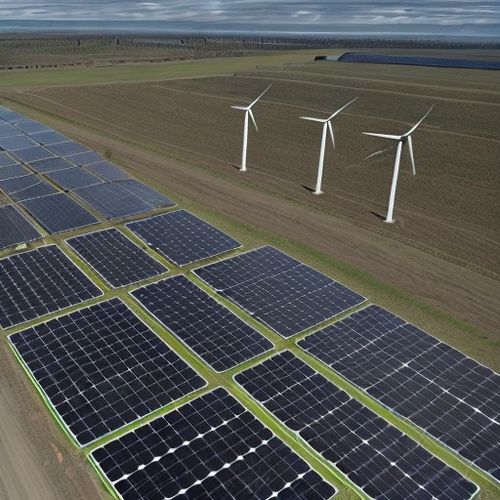
By Megan Clark/Apr 19, 2025

By Thomas Roberts/Apr 19, 2025
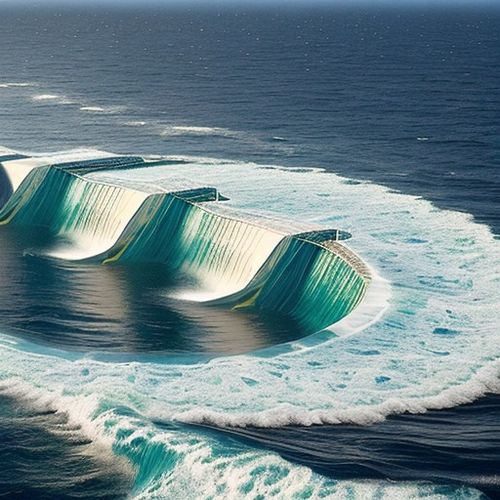
By Thomas Roberts/Apr 19, 2025

By Emily Johnson/Apr 19, 2025

By Samuel Cooper/Apr 19, 2025

By Samuel Cooper/Apr 19, 2025

By George Bailey/Apr 19, 2025

By Joshua Howard/Apr 19, 2025

By William Miller/Apr 19, 2025

By Emily Johnson/Apr 19, 2025

By William Miller/Apr 19, 2025
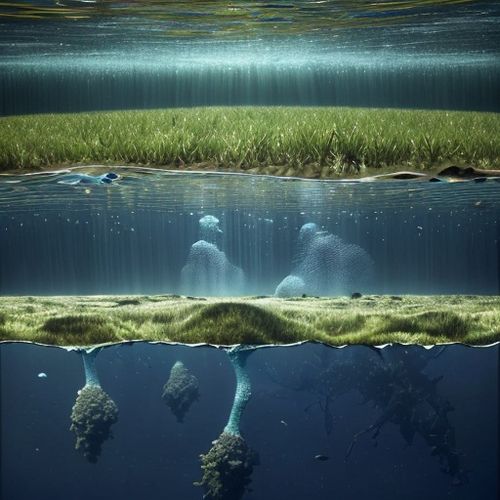
By James Moore/Apr 19, 2025
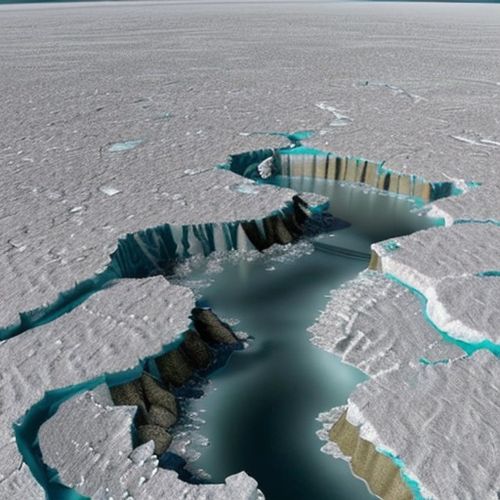
By Joshua Howard/Apr 19, 2025

By William Miller/Apr 19, 2025
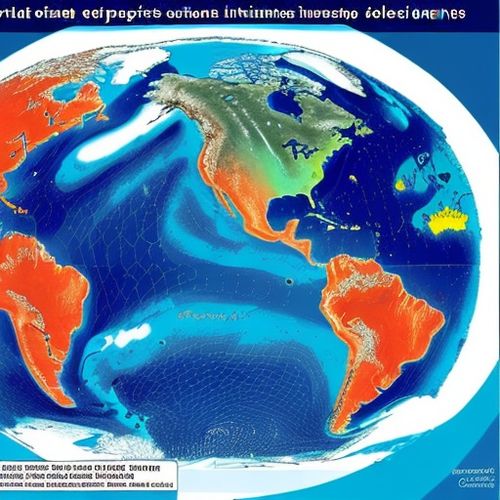
By James Moore/Apr 19, 2025

By Elizabeth Taylor/Apr 19, 2025
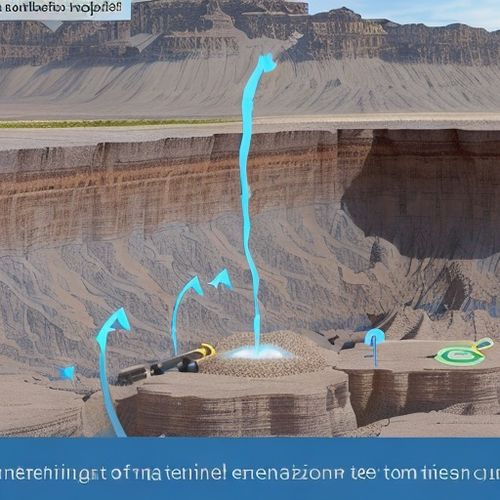
By Grace Cox/Apr 19, 2025
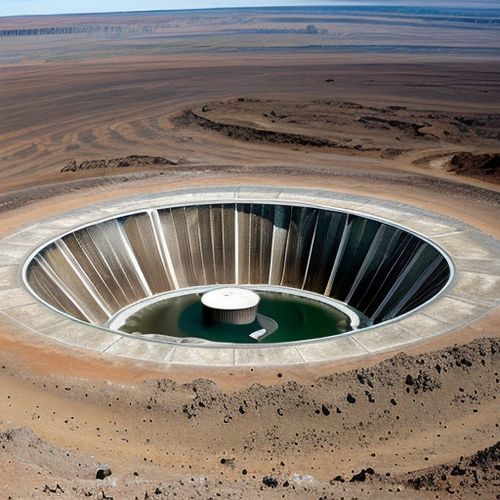
By Grace Cox/Apr 19, 2025

By Joshua Howard/Apr 19, 2025

By David Anderson/Apr 19, 2025